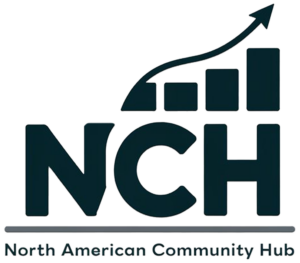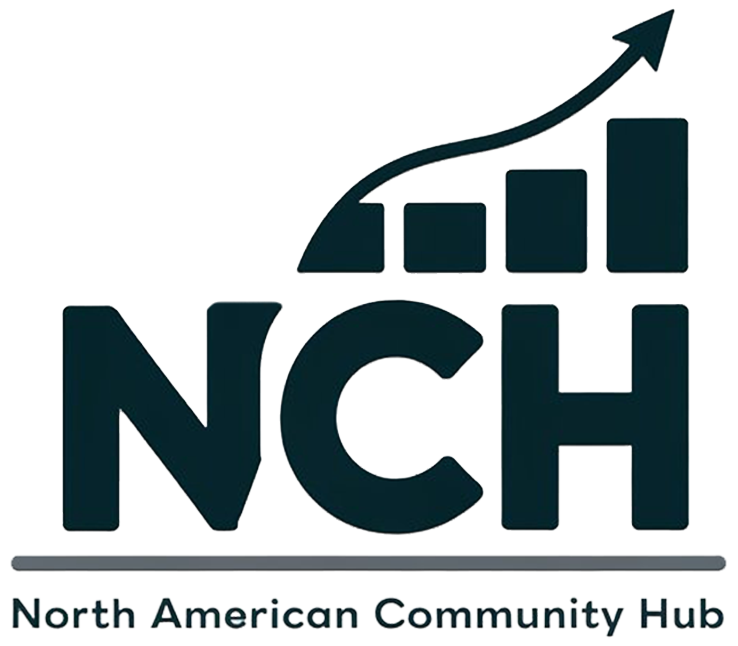Elite education in the United States often brings to mind the Ivy League, a group of eight prestigious schools known for exclusivity, history, and academic rigor.
However, many institutions outside that circle consistently compete at the same level or even surpass them.
They attract top scholars, global recognition, and industry partnerships that shape the future of education and enterprise.
Students aiming for excellence can find world-class opportunities at non-Ivy schools that emphasize creativity, innovation, and a collaborative environment.
Let us take a look at the top 10 universities in the United States that are not a part of the Ivy League.
| # | University | Location | Acceptance Rate | Founded |
| 1 | Massachusetts Institute of Technology (MIT) | Cambridge, MA | ~4.5% | 1861 |
| 2 | Stanford University | Stanford, CA | ~4% | 1885 |
| 3 | University of California, Berkeley (UC Berkeley) | Berkeley, CA | ~11% | 1868 |
| 4 | University of Chicago | Chicago, IL | ~5% | 1890 |
| 5 | Johns Hopkins University | Baltimore, MD | ~6% | 1876 |
| 6 | Duke University | Durham, NC | ~5.1% | 1838 |
| 7 | Northwestern University | Evanston, IL | ~7.5% | 1851 |
| 8 | California Institute of Technology (Caltech) | Pasadena, CA | ~3% | 1891 |
| 9 | University of California, Los Angeles (UCLA) | Los Angeles, CA | ~8.8% | 1919 |
| 10 | University of Michigan, Ann Arbor | Ann Arbor, MI | ~18% | 1817 |
1. Massachusetts Institute of Technology (MIT)

- Cambridge, MA
- Acceptance Rate: ~4.5%
Massachusetts Institute of Technology has become synonymous with innovation, research, and global impact.
Established in 1861, it was founded on the principle of advancing knowledge in science and technology for societal benefit. Its influence spans across industries, including:
- Artificial intelligence
- Biotechnology
- Aerospace
- Finance
Faculty and alumni have collectively founded thousands of companies that shape the modern economy, contributing trillions in global revenue.
Students experience a rigorous academic environment that encourages creativity and experimentation.
The Undergraduate Research Opportunities Program (UROP) is one of the most defining features, allowing students to participate in groundbreaking research from their first year.
Collaboration between undergraduates and world-renowned faculty transforms classrooms into incubators of discovery.
MIT’s interdisciplinary approach fosters innovation across departments. Programs like the Media Lab blend technology, design, and social sciences to address complex global challenges.
The Martin Trust Center for MIT Entrepreneurship empowers students to build startups that redefine industries.
- Known For: Engineering, computer science, economics, and innovation
- Global Ranking: #1 across QS, Times, and U.S. News (Crimson)
- Special Features: Media Lab, Entrepreneurship Center, UROP, global startup network
2. Stanford University
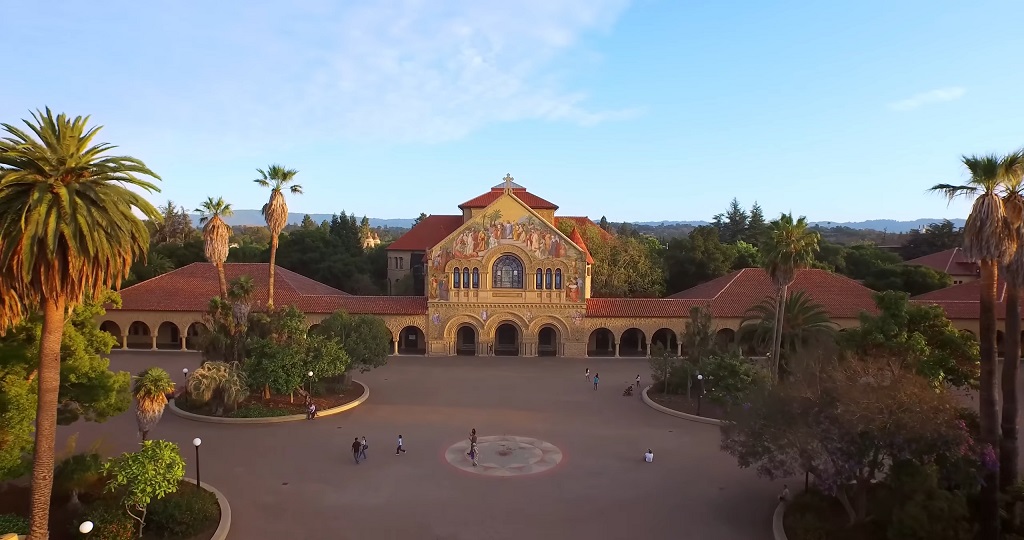
- Stanford, CA
- Acceptance Rate: ~4%
Stanford University occupies a special place at the intersection of academia and entrepreneurship.
Founded in 1885, it has become a global center of innovation and forward-thinking education.
Its proximity to Silicon Valley creates unmatched opportunities for collaboration with tech giants, venture capital firms, and emerging startups.
Many of today’s leading companies, Google, Hewlett-Packard, and Netflix, trace their roots back to Stanford’s collaborative environment.
Students thrive in a culture that emphasizes interdisciplinary learning, problem-solving, and creativity.
Collaboration across fields such as computer science, engineering, medicine, and the humanities encourages students to develop broad perspectives.
The school (Hasso Plattner Institute of Design) promotes design thinking, helping students tackle complex issues through empathy and innovation.
Stanford’s entrepreneurial spirit extends well beyond the classroom.
Students regularly participate in hackathons, innovation labs, and startup accelerators.
Access to venture capital and strong alumni mentorship creates an atmosphere where ambitious ideas quickly evolve into global ventures.
- Known For: Technology, business, engineering, humanities
- Silicon Valley Edge: Access to startups, investors, and industry leaders
- Features: D.School, interdisciplinary projects, robust alumni network
3. University of California, Berkeley (UC Berkeley)
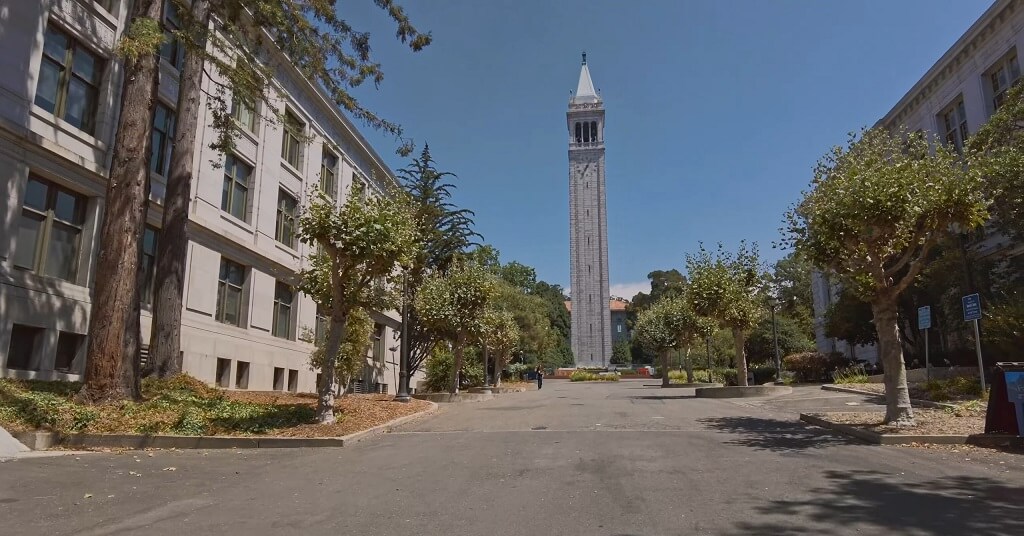
- Berkeley, CA
- Acceptance Rate: ~11%
The University of California, Berkeley represents a symbol of academic freedom, social progress, and groundbreaking research.
Established in 1868, it has evolved into one of the most respected public universities across the globe, producing leaders in science, politics, technology, healthcare, and the arts.
Academic excellence at Berkeley reaches far beyond traditional disciplines.
Its computer science department helped shape modern technology, while the social sciences have influenced public policy and activism worldwide.
The campus remains historically significant as the birthplace of the Free Speech Movement of the 1960s, a defining moment that continues to shape civic dialogue and democratic participation today.
View this post on Instagram
Research forms the foundation of Berkeley’s global reputation. Students and faculty drive innovation in renewable energy, data science, and environmental sustainability.
Collaborations with Silicon Valley companies create a fertile ground for entrepreneurship and applied science, turning research into tangible progress.
Of course, pharmacy is among the most sought-after degrees.
As is the case with Berkeley, there are private universities that offer a Doctor of Pharmacy program to interested students, demonstrating the broad appeal and growing importance of pharmaceutical education in today’s health-driven world.
Nobel laureates, scientists, and startup founders frequently work with Berkeley scholars, strengthening its role as a leader in innovation and thought.
The institution’s combination of intellectual rigor, social consciousness, and forward momentum continues to define higher education standards across the world.
- Known For: Computer science, business, social activism
- Legacy: Birthplace of the Free Speech Movement
- Research & Impact: Close ties to Silicon Valley, Nobel Prize-winning faculty
- Ranking: Top public university in the United States (Crimson)
4. University of Chicago

- Chicago, IL
- Acceptance Rate: ~5%
University of Chicago is often described as a place where ideas matter most.
Founded in 1890, it became a powerhouse of critical thought, research, and intellectual innovation.
The Core Curriculum challenges students to engage deeply with philosophy, literature, and science, promoting analytical thinking that defines the university’s identity.
Its programs in economics, law, and social sciences have reshaped global policy and academic thought.
Scholars such as Milton Friedman and Barack Obama have been associated with its legacy of questioning conventions and fostering debate.
The institution’s dedication to rigorous scholarship cultivates a community unafraid to challenge established norms.
Students are encouraged to pursue research early, supported by resources such as the Argonne National Laboratory and participation in major international projects like the Giant Magellan Telescope.
Interdisciplinary collaboration ensures that ideas move fluidly between the sciences and the humanities.
- Known For: Economics, law, social sciences, philosophy
- Academic Culture: Core curriculum emphasizing analytical reasoning
- Institutes: Argonne Lab, Giant Magellan Telescope partnership
5. Johns Hopkins University

- Baltimore, MD
- Acceptance Rate: ~6%
Founded in 1876 as the first research university in the United States, it established a model that many institutions later adopted.
Its emphasis on discovery and inquiry has made it a global authority in health, science, and public policy.
Students participate in hands-on research through programs that link medicine, technology, and social sciences.
The university consistently leads the nation in research spending, fostering discoveries that shape global healthcare systems and scientific progress.
The Johns Hopkins Hospital, one of the world’s leading medical centers, provides students with unparalleled clinical exposure.
Interdisciplinary education allows learners to design academic paths that align with their interests.
The Life Design Lab helps students translate their studies into meaningful careers, emphasizing purpose-driven education.
- Known For: Medicine, public health, biomedical engineering
- Research: Highest research expenditure among U.S. universities
- Programs: Open curriculum, Life Design Lab, global health initiatives
6. Duke University
- Durham, NC
- Acceptance Rate: ~5.1%
Founded in 1838 and later established in Durham through the Duke family’s philanthropy, it has evolved into one of the most respected research institutions in the world.
Its approach to education combines intellectual rigor with personal growth, emphasizing leadership, ethics, and collaboration.
Duke’s strong academic reputation spans engineering, public policy, environmental science, and global health.
Students benefit from access to research opportunities in the Research Triangle, a hub for innovation connecting Duke, the University of North Carolina, and North Carolina State University.
The Duke Global Health Institute and Nicholas School of the Environment address some of the most pressing issues of the 21st century, including climate change, healthcare inequality, and sustainable development.
The university also values flexibility through distinctive programs.
The Robertson Scholars Program provides merit-based scholarships and leadership training, while Program II allows students to design their own interdisciplinary majors.
- Known For: Public policy, engineering, global health
- Programs: Robertson Scholars Program, Program II for custom majors
- Location Benefit: Research Triangle access for internships and research
7. Northwestern University
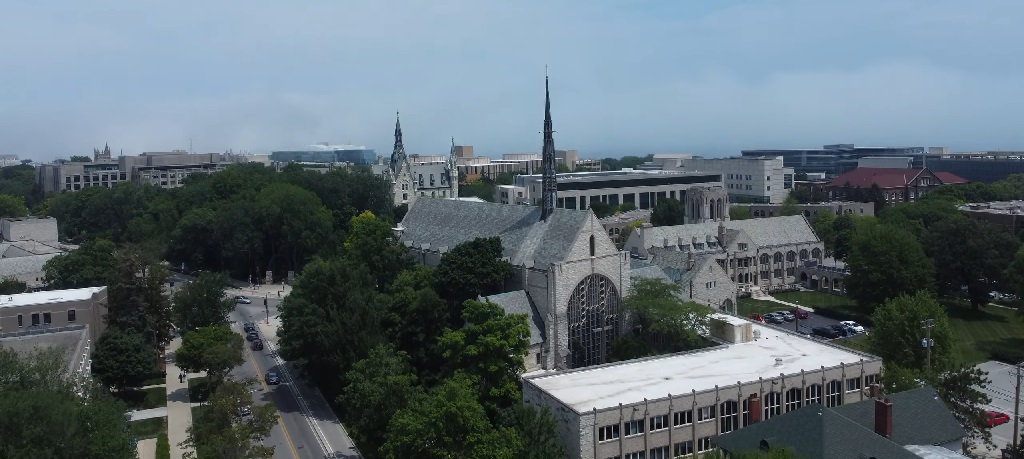
- Evanston, IL
- Acceptance Rate: ~7.5%
Northwestern University blends intellectual pursuit with creativity and collaboration.
Founded in 1851, it has grown into a globally recognized institution with strengths in:
- Journalism
- Arts
- Business
- Engineering
Its distinctive culture encourages interdisciplinary study, allowing students to cross traditional academic boundaries with ease.
A hallmark of Northwestern is its flexible curriculum, where approximately 80% of students pursue double majors or minors.
Collaboration across schools such as Medill (Journalism), Bienen (Music), and McCormick (Engineering) nurtures well-rounded thinkers who approach problems through multiple perspectives.
The university’s location near Chicago further enhances professional development through access to internships, cultural events, and networking opportunities.
Student life at Northwestern is vibrant and community-centered.
Events such as Dillo Day, the nation’s largest student-run music festival, and the annual 30-hour Dance Marathon reflect the school’s energetic and philanthropic spirit.
Athletics also play an important role, with teams competing in the Big Ten Conference and fostering strong school pride.
- Known For: Journalism (Medill), music (Bienen), engineering
- Student Life: Dillo Day, Dance Marathon, active organizations
- Flexibility: Most students double-major or minor across disciplines
8. California Institute of Technology (Caltech)
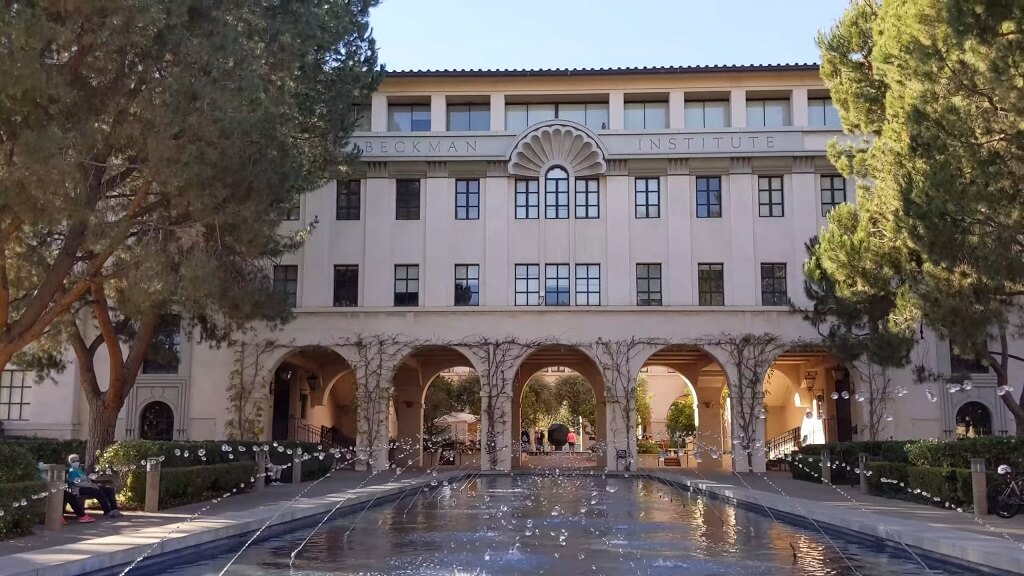
- Pasadena, CA
- Acceptance Rate: ~3%
California Institute of Technology, founded in 1891, represents precision, focus, and scientific mastery.
Though small in size with around 1,000 undergraduates, its global impact far exceeds its scale.
Caltech’s commitment to research and discovery fuels advances in physics, astronomy, and engineering that have redefined scientific frontiers.
Students learn in an intensely collaborative environment where research begins early and innovation drives every project.
Caltech maintains a close partnership with NASA’s Jet Propulsion Laboratory (JPL), providing opportunities to participate in cutting-edge space missions and robotics programs.
The institution’s Honor Code fosters trust and independence, reinforcing a culture of personal responsibility and academic integrity.
Faculty and alumni include Nobel laureates, pioneering scientists, and leaders in technology who continue to shape the scientific community.
Courses are rigorous, yet the atmosphere remains cooperative, with students supporting one another through problem-solving and discovery.
- Known For: Physics, astronomy, engineering, mathematics
- Unique Assets: Partnership with NASA’s Jet Propulsion Laboratory
- Student Experience: Small, research-driven community with high academic standards
9. University of California, Los Angeles (UCLA)
- Los Angeles, CA
- Acceptance Rate: ~8.8%
Established in 1919, the University of California has become one of the largest and most respected public universities in the world, attracting students who seek excellence in both academics and creativity.
UCLA’s academic programs cover nearly every discipline, with leading strengths in film, theater, medicine, law, and engineering.
Its School of Theater, Film, and Television is world-renowned, producing many influential figures in Hollywood.
The university also leads in medical research through the UCLA Health System, which consistently ranks among the nation’s best hospitals.
Campus life reflects the spirit of Los Angeles itself:
- Diverse
- Energetic
- Inspiring
Over 33,000 undergraduates participate in clubs, athletics, and research programs.
UCLA’s athletic teams have earned multiple NCAA championships, reinforcing school pride and unity.
The location offers students access to internships in entertainment, technology, and healthcare, connecting academic learning with professional experience.
- Popular For: Film, theater, medicine, engineering
- Largest Undergraduate Body: Over 33,000 students
- Campus Culture: Strong athletics, active student life, creative programs
10. University of Michigan, Ann Arbor

- Ann Arbor, MI
- Acceptance Rate: ~18%
University of Michigan stands as a model of excellence in both academics and public service.
Founded in 1817, it is often referred to as a “Public Ivy,” reflecting its prestige and breadth of opportunity.
With more than 280 majors and an extensive global alumni network, the institution provides one of the most comprehensive educational experiences available.
Michigan’s influence reaches across fields including engineering, business, medicine, social sciences, and the arts.
The Ross School of Business, College of Engineering, and Institute for Social Research consistently rank among the best in the world.
Campus culture emphasizes collaboration, school spirit, and social responsibility.
The “Go Blue” tradition unites students and alumni across generations, while athletics play a central role in community life. International study programs and partnerships expand global reach, preparing graduates for leadership on every continent.
- Public Ivy: Over 280 majors and extensive alumni connections
- Known For: Engineering, business (Ross), social research
- Global Reach: Study abroad initiatives, global partnerships
The Bottom Line
Education at the highest level is not limited to the Ivy League.
Institutions such as MIT, Stanford, and Berkeley demonstrate that innovation, creativity, and excellence flourish across many campuses.
Students aiming for academic success should consider personal fit, research opportunities, and future ambitions when selecting a university, as well as maintaining a solid GPA to stay competitive.
Read Next: Best Online Colleges in the US
